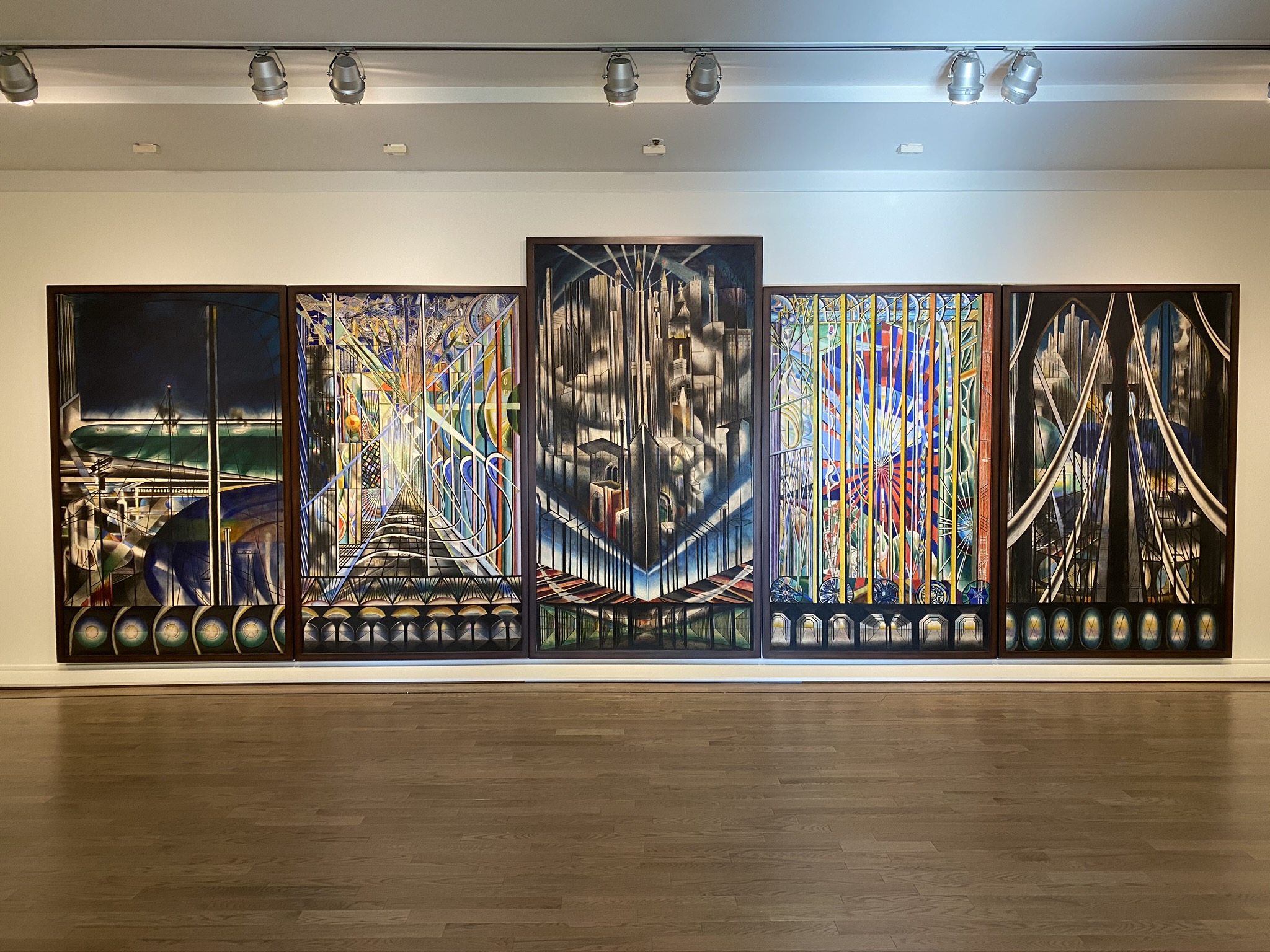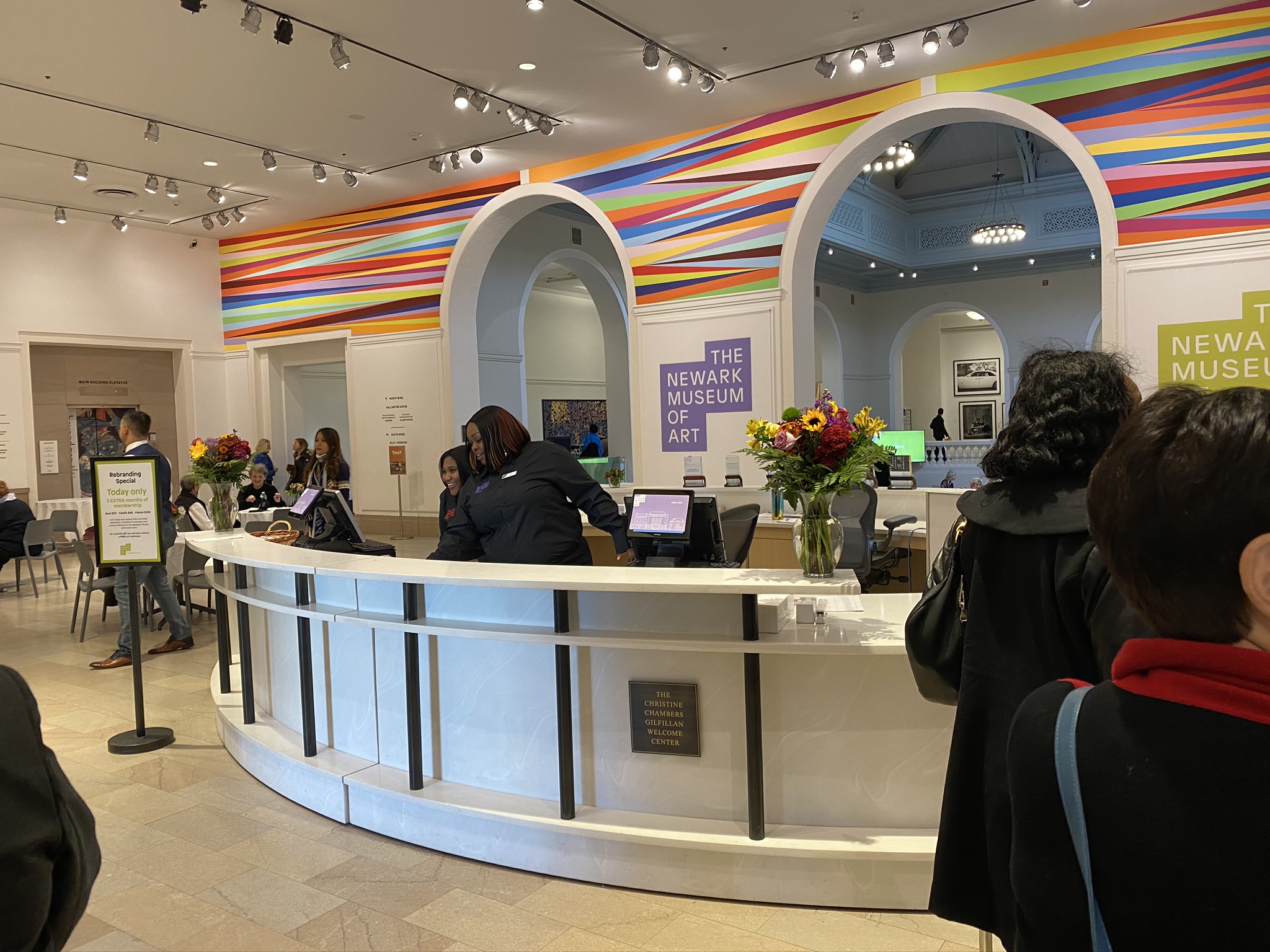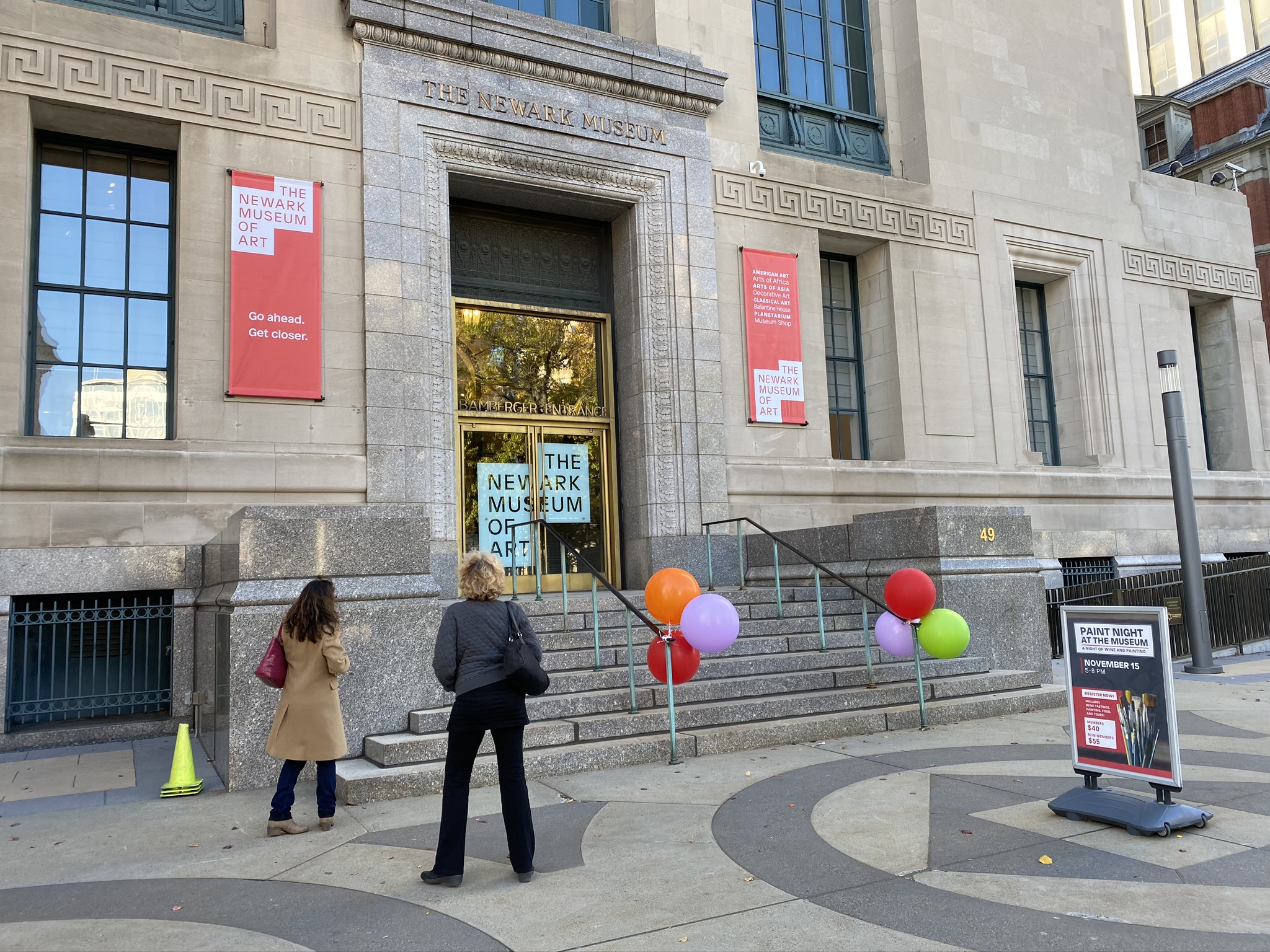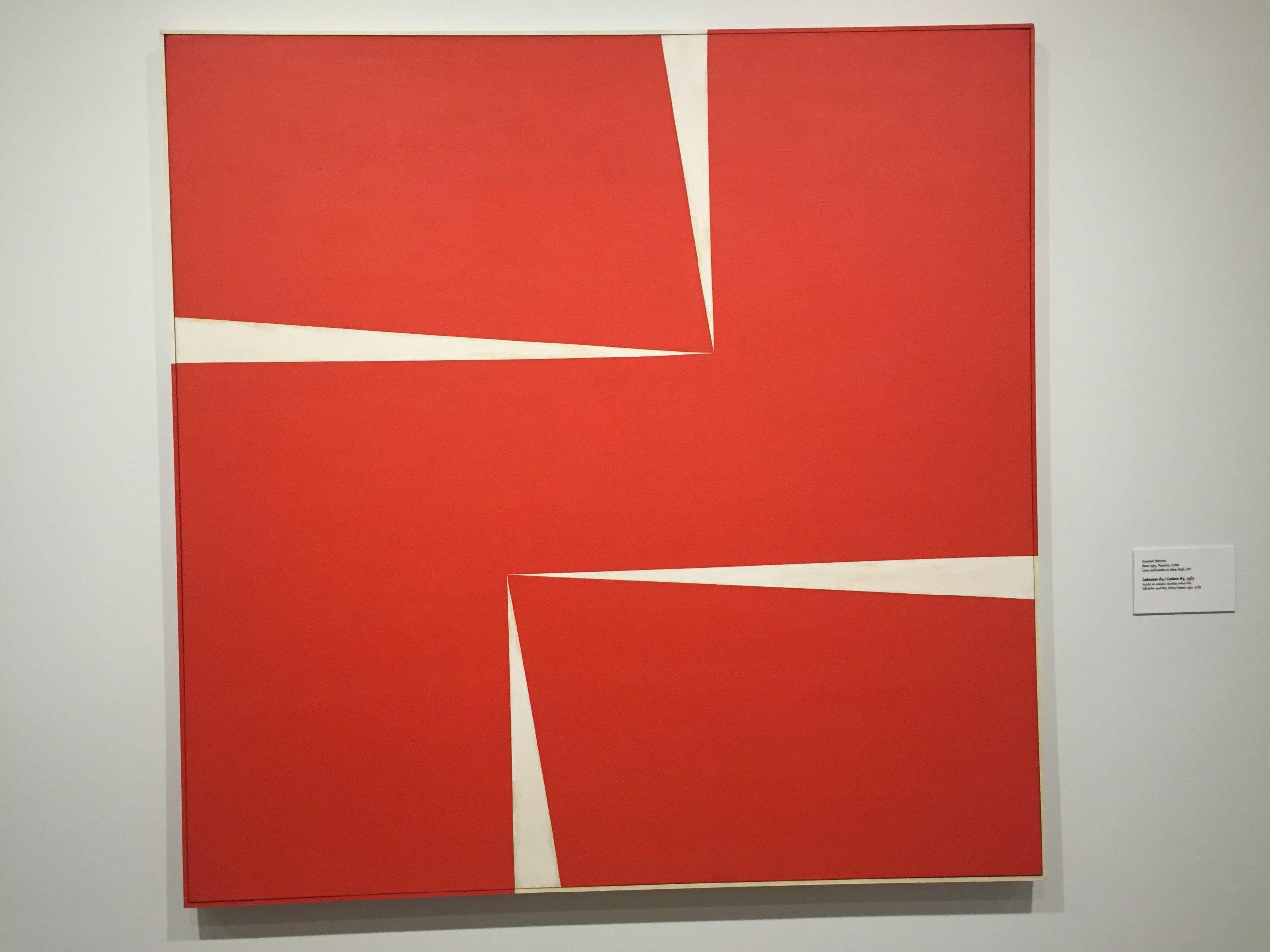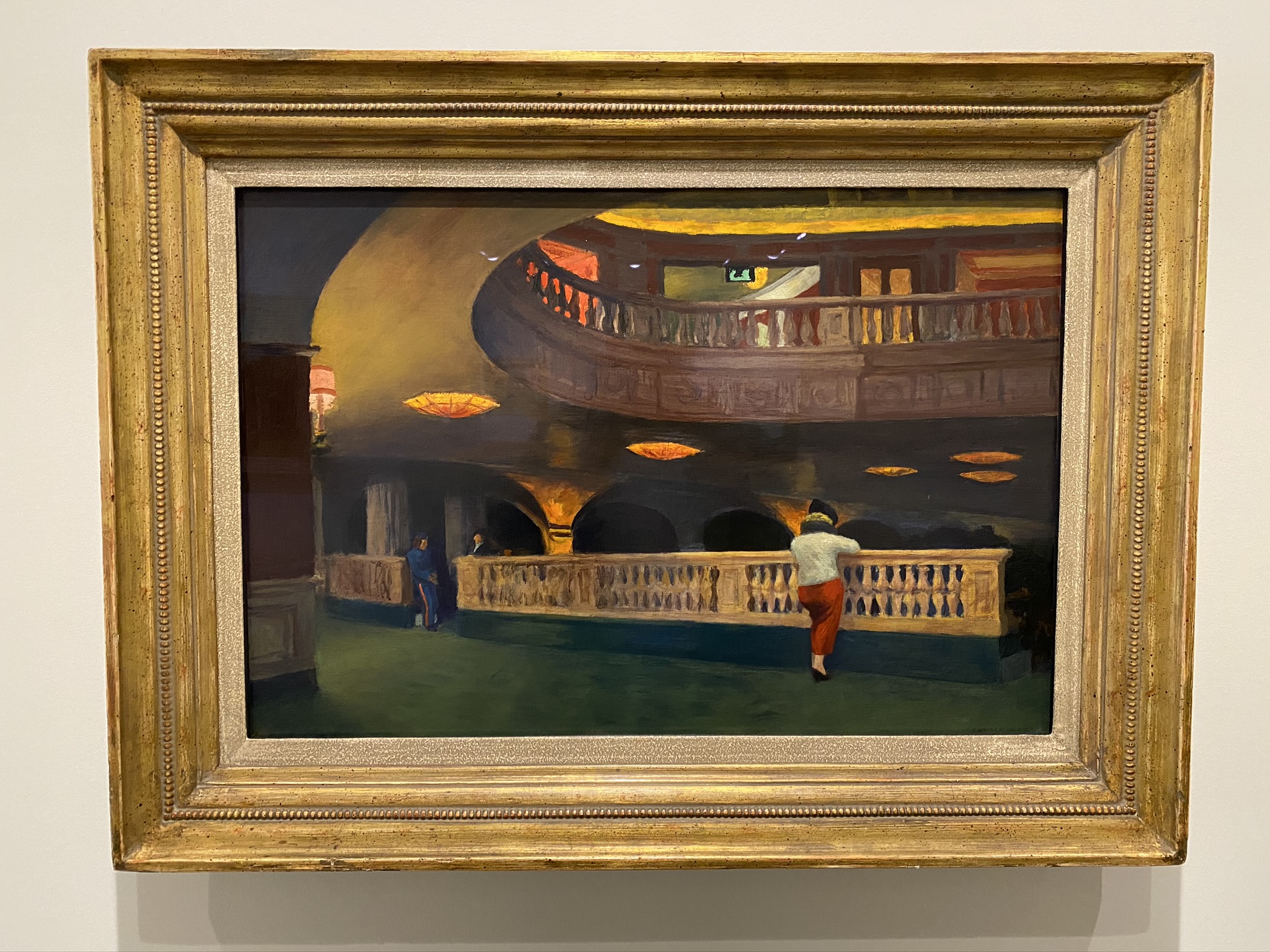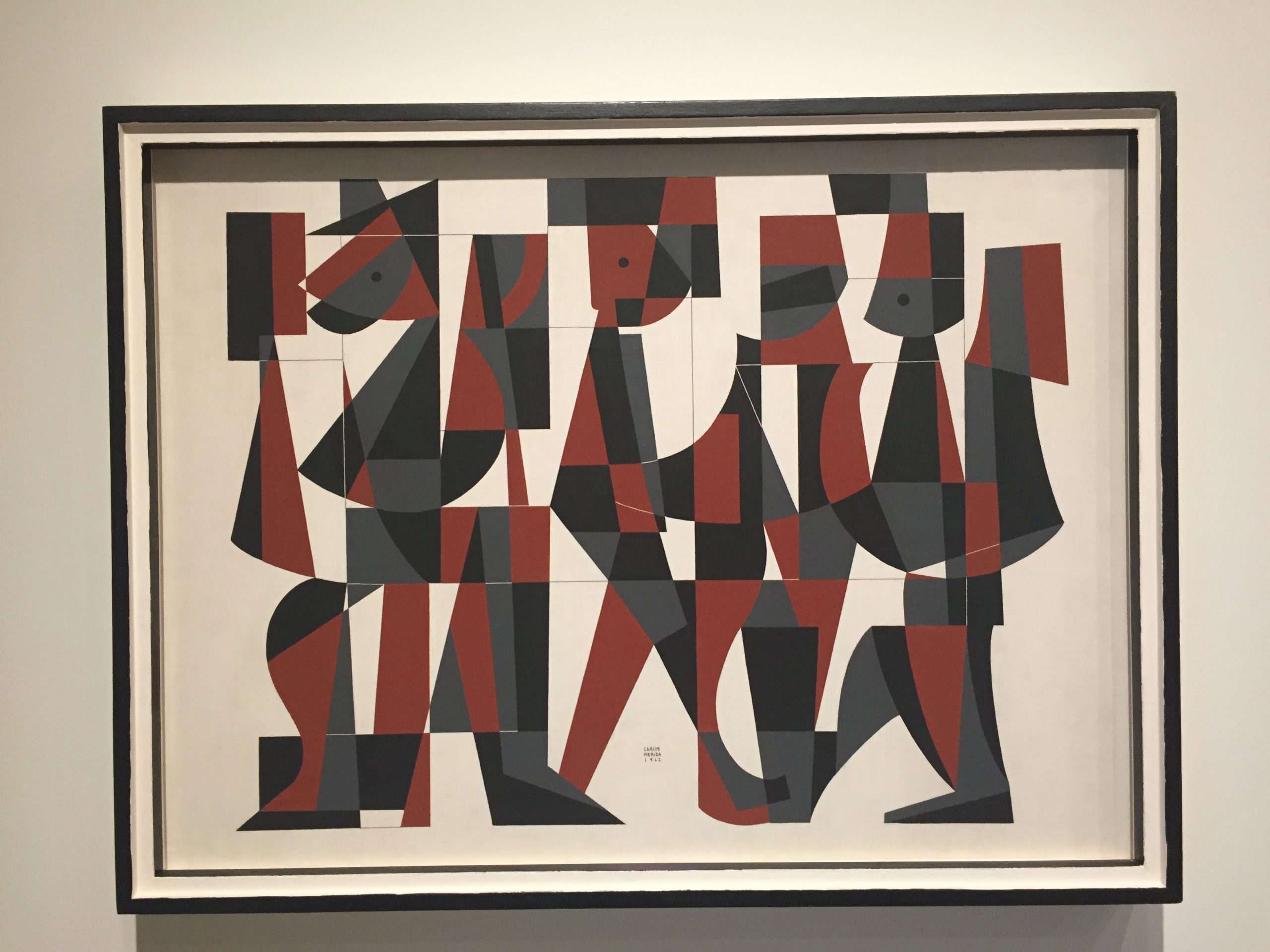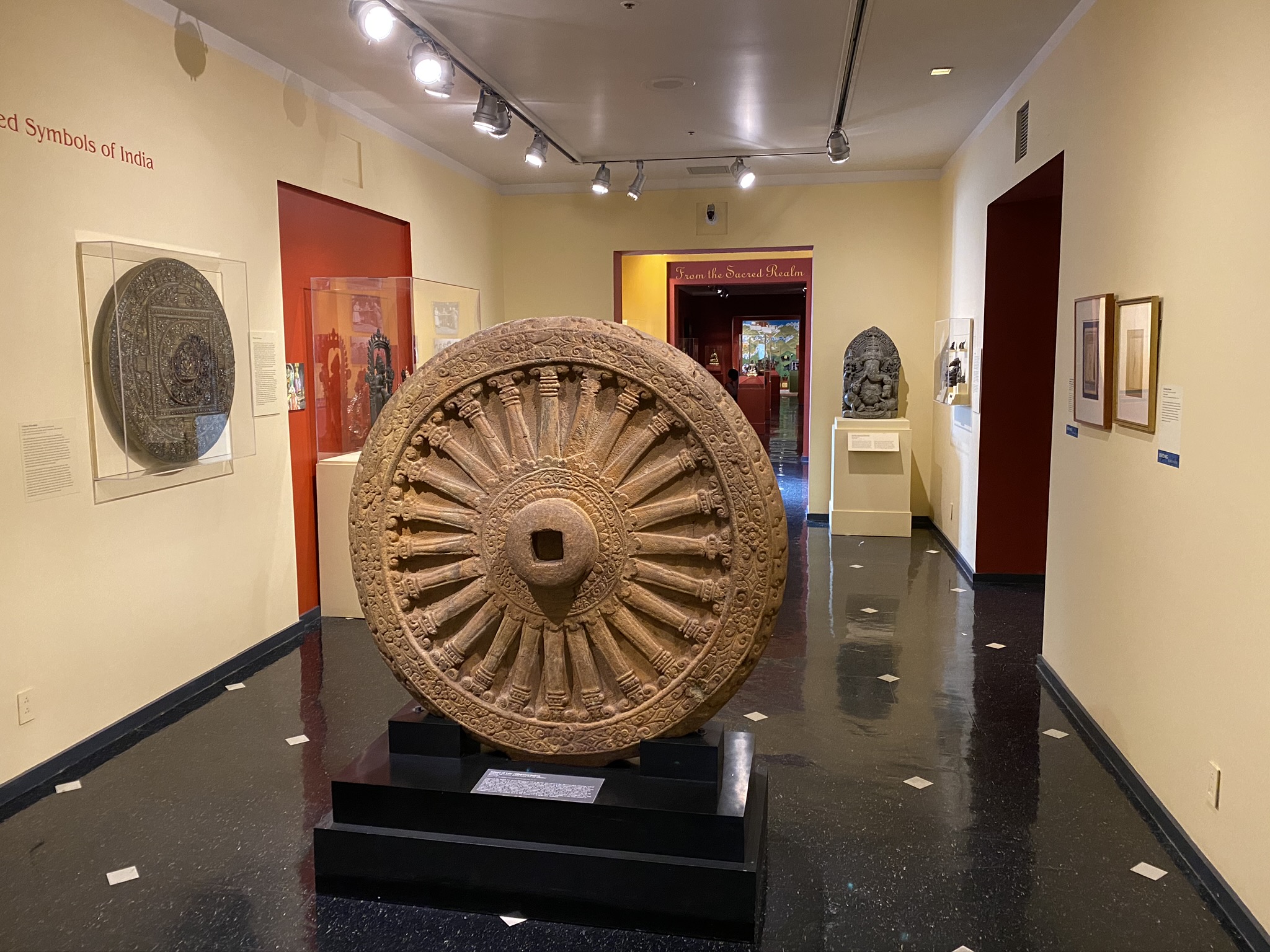New Jersey’s largest museum, the Newark Museum of Art is building on its progressive origins with a new name emphasizing its greatest strength (until late 2019, it was the Newark Museum), a reopened main entrance and inviting entry area, creative community programming, and many superbly reinstalled galleries. Located in Newark’s redeveloping downtown, the museum has 130,000 works of art—only a fraction are on display at any time—focused on American art; the art of Africa, Asia, and the Americas; and the decorative arts. Some of my favorite gallery sections are listed below.
The museum draws local residents and those of nearby communities, but its treasures complement those in nearby New York City’s mega–art institutions and reward exploration. I live in the New Jersey suburbs, a 20-minute drive from the Newark Museum of Art, and loved the museum’s refreshed feeling during a January visit. When it reopens after the Covid-19 crisis (check the website or social media for updates), I’ll be back.
Origins and Growth
The then–Newark Museum was founded in 1909 by John Cotton Dana, who opened it at the Newark Public Library where he was director. The focus was on art, science, and technology. Dana believed firmly that museums and other cultural institutions should be accessible and pertinent to citizens (in today’s terms, inclusive and engaging): “The worth of a museum is in its use.” It moved into its own Beaux-Arts building in the 1920’s and grew over the decades by expanding into a former YMCA, adding the 1885 Ballantine House, and undergoing renovation by architect Michael Graves in 1990.
While Newark, like other American cities, faced economic challenges during the latter part of the 20th century, today institutions including the museum, Rutgers University, the New Jersey Institute of Technology, and the New Jersey Performing Arts Center, and companies such as Audible and Prudential, are helping create a revival downtown. Linda C. Harrison, the museum’s dynamic director and CEO since January 2019 and the first African American woman to lead the institution, is re-energizing the museum with its new name and clearer identity.
What to See
The Newark Museum of Art changed its name after research showed that many people didn’t know what the museum contained, and so might not visit. But one answer is: a lot! Besides renowned art collections, the 217,000-square-foot museum has substantial science displays, a planetarium, and Victorian period rooms and exquisite decorative arts galleries in the Ballantine House. Here are my personal suggestions for exploring.
Seeing America: More than 300 works in 17 intimately sized, thematic galleries reveal art’s role in telling and shaping the nation’s story from colonial times until today. Labels are in English and Spanish, and some paintings have commentary by noted community members. These new galleries showcase the collection’s strengths, from folk art to works by African American artists to early modernist and contemporary art. From paintings by John Singer Sargent to photographs by Carrie Mae Weems, from Joseph Stella’s huge The Voice of the City of New York Interpreted to Cindy Sherman’s photographic self-portraits, the exhibition examines America’s diversity. To see Native American and Latin American art, visit the Arts of the Americas galleries.
Arts of Global Africa: Strikingly redesigned galleries present a selection of the museum’s holdings from around the continent. Fine art, textiles, and objects for ceremonial and daily use have been a focus of the museum’s collecting since the 1920’s. On display are masks, pottery, jewelry, textiles, and more, as well as contemporary African art by artists including El Anatsui.
Arts of Global Asia: The Newark Museum of Art’s Asian collections began with the founding of the museum, and its eight galleries of Tibetan religious and secular art are internationally renowned. One of the most famous objects is a modern Buddhist altar consecrated by the Dalai Lama in 1990. Other galleries are devoted to works from China, Japan, Korea, and Southeast Asia.
Programs for Adults and Families: My last visit was spent in the galleries, but anyone planning a trip should check the museum’s website for its vibrant programming for all ages, from gallery talks to opportunities for art creation. One example is MakerSPACE, where families explore artworks or natural science objects and then exercise their own creativity using a variety of tools and materials. An annual highlight at the museum is the Newark Museum Black Film Festival.
This is a great time to visit the Newark Museum of Art (again, check website or social media for reopening). Its fresh energy and contemporary focus are inspiring as it seeks to become what the director calls the region’s destination museum. Watch for future changes including a café and an upgraded gift shop. After visiting periodically, I was excited enough that I took another step this year: I’m a museum member.
Side Dish
Exploring a big museum works up an appetite. A five-minute walk from the museum, celebrity chef Marcus Samuelsson’s hip Marcus B&P checks all the right boxes for delicious local fare—try the corn bread—with a friendly vibe. There’s a jazz brunch Sunday. (Hobby’s Delicatessen and Restaurant, a favorite old-school alternative that’s a 15-minute walk from the museum, is known for corned beef and pastrami.)
By Linda Cabasin
Linda Cabasin is a travel editor and writer who covered the globe at Fodor’s before taking up the freelance life. She’s a contributing editor at Fathom. Follow her on Instagram and Twitter at @lcabasin

